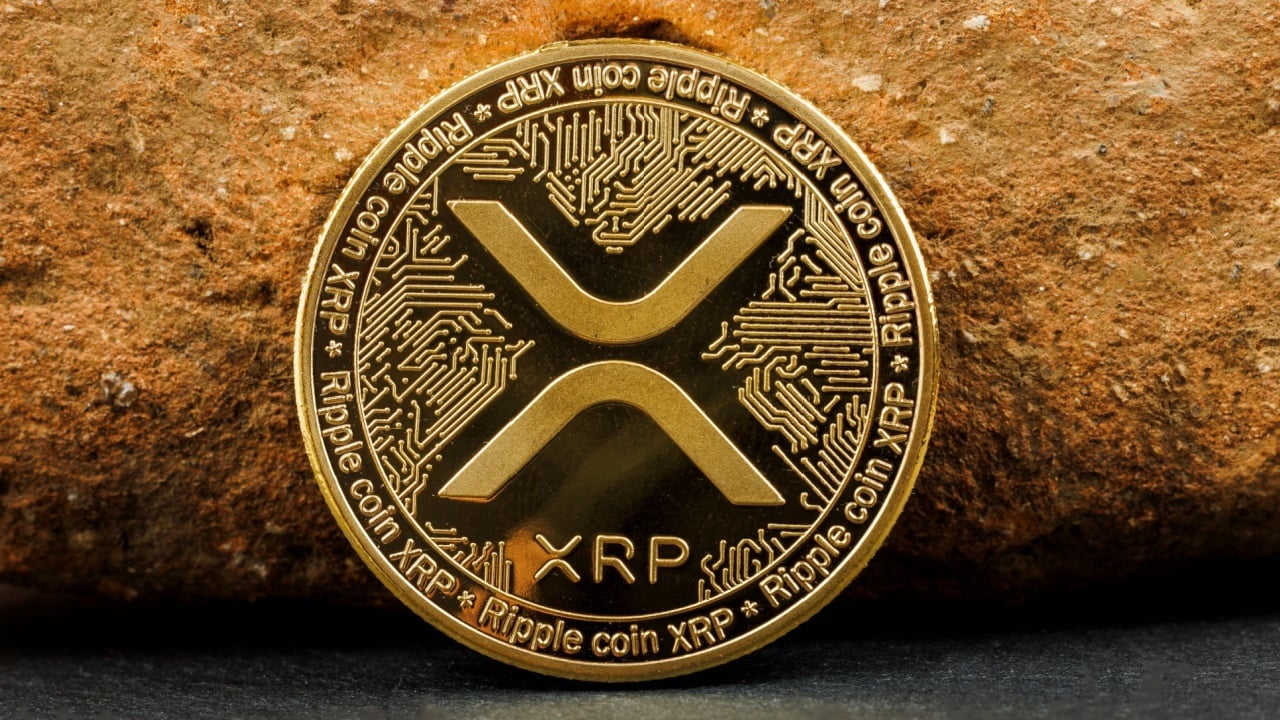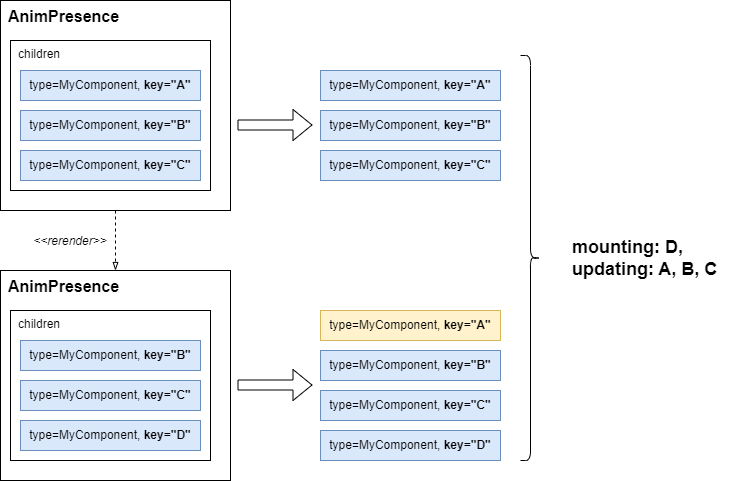Blockchain for Charity and Non-Profits: Revolutionizing Social Impact with Transparency, Efficiency, and Open Source Innovation
Abstract This post explores how blockchain technology, NFTs, smart contracts, and open source funding models are transforming the charity and non-profit sectors. By enhancing transparency, donor trust, and operational efficiency, these technological innovations are redefining traditional philanthropic models. We also discuss real-world use cases, challenges, and future trends, drawing on industry insights and technical expertise to show how these tools can drive sustainable social impact. Introduction In today’s digital age, the world of philanthropy is undergoing a revolutionary change. Driven by innovations in blockchain technology, non-profit organizations are increasingly adopting decentralized approaches to manage funds, track donations, and engage donors. The integration of NFTs and smart contracts is creating a vibrant ecosystem that brings transparency and efficiency to charity operations. Along with the principles of open source funding, these developments not only empower donors to trace their contributions in real time but also open new avenues for collaborative innovation across communities. With growing global demands for accountability, transparency, and real-time reporting, blockchain offers a compelling solution that reshapes how charities use technology to drive social impact. In this post we provide an in-depth look into the background, core concepts, applications, challenges, and future outlook of blockchain implementation in charitable ecosystems. Background and Context Originally designed to support digital currencies like Bitcoin, blockchain has evolved into a secure, decentralized ledger system that offers tamper-proof record keeping across industries. In philanthropy, its immutable nature plays a crucial role in increasing donor trust by ensuring every transaction—from contribution to final expenditure—is visible and verifiable. At its heart, blockchain embodies the concept of decentralization: Decentralization: No single entity controls the data; instead, multiple nodes validate and store transaction records. Transparency: Every donation is recorded in a public ledger, enabling donors to review how funds are used. Efficient Fund Management: With fewer intermediaries, more donated funds reach the intended beneficiaries. Parallel to blockchain is the rise of open source technologies. By enabling public access to source code, open source fosters community collaboration, rapid innovation, and cost-effective solutions. When integrated with blockchain, open source funding models provide charities with robust, adaptable platforms that allow developers, donors, and non-profit leaders to work together on projects that align with ethical and sustainable goals. Over time, the philanthropic sector has recognized the benefits of digital ledgers and decentralized technologies. By eliminating administrative inefficiencies and reducing the reliance on intermediaries, blockchain ensures that donor contributions are spent where they matter most. For more technical details on open source principles and licensing models, check out Copyleft Licenses Ultimate Guide. Core Concepts and Features Understanding how blockchain transforms charity work requires a look at its underlying features. Below are some of the key concepts that drive these innovations: 1. Decentralization and Transparency Blockchain functions on a distributed ledger system where each transaction is validated by multiple nodes. This guarantees that no single authority can alter the records. For charity organizations, this means: Immutable Records: All donation transactions remain unchanged and transparent. Real-Time Accountability: Donors can monitor the usage of funds as events occur. Reduced Fraud: The decentralized nature of blockchain mitigates risks associated with centralized data breaches. 2. Smart Contracts Smart contracts are self-executing agreements with built-in rules that trigger automatically when predetermined conditions are met. Their benefits include: Automated Fund Distribution: Funds are released only when specific milestones or conditions are reached. Cost Reduction: Eliminates the need for manual oversight, thereby reducing administrative expenses. Enhanced Trust: Donors can verify that funds are allocated correctly without the need for intermediaries. 3. Tokenization and NFTs Tokenization is the process of converting physical or digital assets into blockchain-based tokens. NFTs (Non-Fungible Tokens) represent unique digital assets—ideal for rewarding donors with exclusive digital art or certificates. Key aspects include: Donor Rewards: NFTs serve as digital badges or collectibles, linking donor contributions to a tangible asset. Innovative Fundraising: Tokenized assets create new fundraising models that drive community engagement. Enhanced Experience: Tokenization provides donors with a direct, personal connec
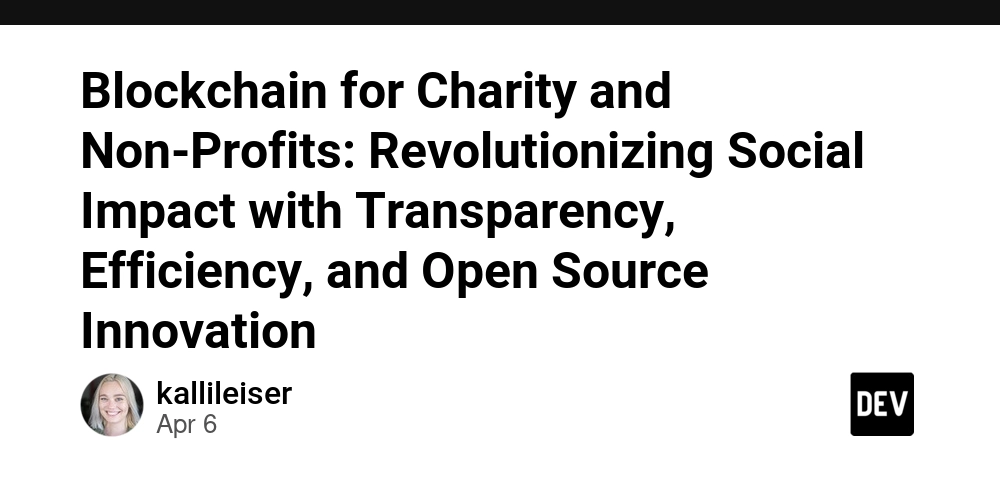
Abstract
This post explores how blockchain technology, NFTs, smart contracts, and open source funding models are transforming the charity and non-profit sectors. By enhancing transparency, donor trust, and operational efficiency, these technological innovations are redefining traditional philanthropic models. We also discuss real-world use cases, challenges, and future trends, drawing on industry insights and technical expertise to show how these tools can drive sustainable social impact.
Introduction
In today’s digital age, the world of philanthropy is undergoing a revolutionary change. Driven by innovations in blockchain technology, non-profit organizations are increasingly adopting decentralized approaches to manage funds, track donations, and engage donors. The integration of NFTs and smart contracts is creating a vibrant ecosystem that brings transparency and efficiency to charity operations. Along with the principles of open source funding, these developments not only empower donors to trace their contributions in real time but also open new avenues for collaborative innovation across communities.
With growing global demands for accountability, transparency, and real-time reporting, blockchain offers a compelling solution that reshapes how charities use technology to drive social impact. In this post we provide an in-depth look into the background, core concepts, applications, challenges, and future outlook of blockchain implementation in charitable ecosystems.
Background and Context
Originally designed to support digital currencies like Bitcoin, blockchain has evolved into a secure, decentralized ledger system that offers tamper-proof record keeping across industries. In philanthropy, its immutable nature plays a crucial role in increasing donor trust by ensuring every transaction—from contribution to final expenditure—is visible and verifiable.
At its heart, blockchain embodies the concept of decentralization:
- Decentralization: No single entity controls the data; instead, multiple nodes validate and store transaction records.
- Transparency: Every donation is recorded in a public ledger, enabling donors to review how funds are used.
- Efficient Fund Management: With fewer intermediaries, more donated funds reach the intended beneficiaries.
Parallel to blockchain is the rise of open source technologies. By enabling public access to source code, open source fosters community collaboration, rapid innovation, and cost-effective solutions. When integrated with blockchain, open source funding models provide charities with robust, adaptable platforms that allow developers, donors, and non-profit leaders to work together on projects that align with ethical and sustainable goals.
Over time, the philanthropic sector has recognized the benefits of digital ledgers and decentralized technologies. By eliminating administrative inefficiencies and reducing the reliance on intermediaries, blockchain ensures that donor contributions are spent where they matter most. For more technical details on open source principles and licensing models, check out Copyleft Licenses Ultimate Guide.
Core Concepts and Features
Understanding how blockchain transforms charity work requires a look at its underlying features. Below are some of the key concepts that drive these innovations:
1. Decentralization and Transparency
Blockchain functions on a distributed ledger system where each transaction is validated by multiple nodes. This guarantees that no single authority can alter the records. For charity organizations, this means:
- Immutable Records: All donation transactions remain unchanged and transparent.
- Real-Time Accountability: Donors can monitor the usage of funds as events occur.
- Reduced Fraud: The decentralized nature of blockchain mitigates risks associated with centralized data breaches.
2. Smart Contracts
Smart contracts are self-executing agreements with built-in rules that trigger automatically when predetermined conditions are met. Their benefits include:
- Automated Fund Distribution: Funds are released only when specific milestones or conditions are reached.
- Cost Reduction: Eliminates the need for manual oversight, thereby reducing administrative expenses.
- Enhanced Trust: Donors can verify that funds are allocated correctly without the need for intermediaries.
3. Tokenization and NFTs
Tokenization is the process of converting physical or digital assets into blockchain-based tokens. NFTs (Non-Fungible Tokens) represent unique digital assets—ideal for rewarding donors with exclusive digital art or certificates. Key aspects include:
- Donor Rewards: NFTs serve as digital badges or collectibles, linking donor contributions to a tangible asset.
- Innovative Fundraising: Tokenized assets create new fundraising models that drive community engagement.
- Enhanced Experience: Tokenization provides donors with a direct, personal connection to charitable projects.
For instance, check out The Sandbox Assets NFT Collection and The Nemesis NFT Collection to see real-world examples of how NFTs promote donor participation.
4. Open Source Funding Models
Open source projects invite community contributions and ensure that funding platforms are transparent and adaptable. Benefits include:
- Collaborative Development: Community members can contribute to non-profit initiatives.
- Flexible Funding Strategies: Models range from micro-funding to crowdsourcing initiatives—always focusing on global networks.
- Sustainable Innovation: Open sourcing the funding process ensures constant improvements and security over time.
5. Interoperability and Integration
Interoperability allows various blockchain systems to communicate with one another, providing non-profit organizations a unified platform for data exchange and management. This includes:
- Seamless Integration: Combining data from multiple sources without compromising security.
- User-Friendly Dashboards: Allows donors and administrators to track and manage contributions effectively.
- Scalability: Supports increased transaction volumes as more organizations adopt these systems.
Applications and Use Cases
Several case studies demonstrate the practical benefits of blockchain for charity and non-profit sectors. Here are a few compelling examples:
Case Study 1: Transparent Aid Distribution
The United Nations World Food Programme (WFP) implemented a blockchain-based solution called "Building Blocks" to distribute food and essential supplies in refugee camps.
- Transparency: Every transaction is recorded on a public ledger, so donors can verify that funds reach the intended recipients.
- Accountability: The system reduces the risk of mismanagement and increases donor confidence through real-time tracking.
Case Study 2: Cryptocurrency-Driven Charity and Smart Contracts
Platforms like BitGive have revolutionized donor engagement by using blockchain to track contributions. For instance, their platform, GiveTrack, integrates smart contracts that execute fund transfers automatically when project milestones are achieved.
- Automated Processes: Smart contracts ensure that funds are released only after meeting project conditions.
- Increased Efficiency: Reduced overhead costs allow more money to reach beneficiary programs.
- Enhanced Donor Experience: Regular updates and transparent records encourage continuous support.
Case Study 3: NFT-Based Fundraising Campaigns
Non-profit organizations are now harnessing NFTs to create unique donor experiences. For example, a charity may launch a campaign where each donation is rewarded with an exclusive NFT—a digital certificate that commemorates the contributor’s role in driving social impact.
- Unique Incentives: Investors and donors receive collectible digital tokens as proof of their contributions.
- Stronger Community Bonds: Limited-edition NFTs create an emotional and financial tie between donors and projects.
The table below summarizes these use cases:
| Use Case | Key Feature | Example Implementation |
|---|---|---|
| Transparent Aid Distribution | Blockchain ledger | WFP’s Building Blocks |
| Cryptocurrency-Driven Charity | Automated smart contracts | BitGive’s GiveTrack platform |
| NFT-Based Fundraising | Tokenization & donor NFTs | Exclusive NFT rewards for charitable campaigns |
Challenges and Limitations
Despite its promising capabilities, the adoption of blockchain in charity and non-profit sectors comes with challenges that must be addressed:
-
Technical Barriers:
- Scalability Issues: High transaction volumes can lead to network congestion.
- Interoperability: Ensuring seamless communication between different blockchain networks remains a work in progress.
- Smart Contract Vulnerabilities: Weaknesses in smart contract code can be exploited if audits are not thorough.
-
Adoption Challenges:
- Technological Literacy: Many non-profits lack sufficient blockchain know-how, necessitating training and education.
- Regulatory Uncertainty: Varying regulations across jurisdictions can complicate blockchain implementation.
- Initial Investment: High upfront costs may deter smaller organizations from adopting blockchain solutions.
-
Operational Limitations:
- Donor Skepticism: Some donors remain wary of new technologies, even though blockchain can ensure transparency.
- Integration with Legacy Systems: Transitioning from traditional fundraising platforms to blockchain-based systems can be cumbersome.
- Updating and Maintenance: Keeping up with rapidly evolving blockchain technologies requires ongoing management.
Here is a bullet list highlighting the key challenges:
- Scalability during high transaction volumes
- Interoperability between different networks
- Regulatory compliance across regions
- Achieving technological literacy in non-profits
- Securing smart contracts against vulnerabilities
For additional insights on modern blockchain challenges and scalability, refer to News AI News Q1 2025 and Berita NFT Indonesia Q1 2025.
Future Outlook and Innovations
Looking to the horizon, the future of blockchain in philanthropy is promising and ripe for further innovation. As technology matures, several trends are expected to shape the next generation of charity operations:
1. Increased Adoption and Ecosystem Integration
As blockchain becomes more mainstream, non-profits will see wider adoption due to its clear benefits in cutting administrative costs and increasing transparency. Interoperability improvements will lead to:
- Unified Platforms: Integrated dashboards for donor tracking and fund management.
- Global Accessibility: More inclusive systems that cater to underbanked and remote communities.
2. Advancements in Smart Contracts
Future smart contracts will be more dynamic and resilient. Potential improvements include:
- Adaptive Conditions: Contracts that adjust based on real-time project milestones.
- Enhanced Security: More robust code that minimizes vulnerabilities.
- Expanded Use Cases: Broadening applications beyond fund disbursement to include automated reporting and compliance.
3. Emergence of NFT-Driven Campaigns
NFTs are set to play an even larger role in boosting donor engagement:
- Digital Collectibles: Donors receive unique tokens, increasing the emotional connection to the charity.
- Crowd-based Incentives: More creative models for fundraising that interact directly with the donor community.
- Provenance and Authenticity: NFTs inherently verify the origin and authenticity of contributions, increasing trust.
For further reading on how NFTs are revolutionizing the art and fundraising space, explore articles like Beeple Genesis on Arbitrum: A New Chapter in the NFT Revolution and Exploring Web3j: NFT Open Source Innovation in the NFT Ecosystem.
4. Enhanced Data Analytics and Governance
Blockchain solutions will evolve to incorporate advanced data analytics that empower organizations to make informed decisions. Features may include:
- Real-Time Dashboards: Visual tools that track donation flows, project outcomes, and operational efficiency.
- Community Governance: Decentralized decision-making structures that increase donor involvement and project accountability.
- Predictive Analytics: Tools that forecast funding needs and project successes based on historical data.
5. Regulatory and Collaborative Frameworks
Looking ahead, collaboration between governments, tech communities, and non-profits will lead to:
- Standardized Protocols: Establishing universal guidelines for blockchain use in philanthropy.
- Enhanced Security Regulations: Clear legal frameworks that protect donor interests.
- Collaborative Funding Ecosystems: More transparent and cooperative funding models that integrate traditional charity with innovative digital tools.
Summary
Blockchain technology is ushering in a new era for charity and non-profit organizations. By leveraging decentralized ledgers, smart contracts, tokenization, and open source funding models, these sectors are able to address longstanding challenges such as administrative inefficiencies, opaque fund management, and the lack of donor accountability.
Transparency is at the forefront of this revolution. Donors now have the ability to verify how every cent is spent, thanks to tools like blockchain-based dashboards and immutable smart contracts. Meanwhile, NFTs provide a novel way to engage donors, offering digital rewards that strengthen the relationship between contributions and impact.
However, as transformative as these technologies are, challenges remain. From scalability and interoperability issues to regulatory uncertainties and the need for increased technological literacy—each hurdle presents an opportunity for further innovation. Collaborative efforts among industry experts, policy makers, and non-profit leaders will be crucial in overcoming these challenges.
Looking forward, we see a future where blockchain, smart contracts, and NFTs are integral to building more efficient, secure, and inclusive philanthropic models. The integration of advanced data analytics and governance tools will further enhance accountability and donor trust.
For non-profit professionals, donors, and developers, the call to action is clear: embrace these digital innovations, educate stakeholders about their benefits, and contribute to the collaborative ecosystem that is paving the way for sustainable social impact.
Additional readings on the evolving landscape of blockchain and open source communities include posts like Indie Hackers and the Open Source NFT Revolution, which explore the intersection of technology and philanthropy in greater detail.
Conclusion
In conclusion, the integration of blockchain, NFTs, smart contracts, and open source funding models is revolutionizing how charity and non-profit organizations operate. With its inherent transparency, efficiency, and decentralization, blockchain is addressing long-standing challenges in the philanthropic sector. Enhanced donor trust, reduced overhead costs, and innovative fundraising models are just the beginning.
As the technology matures, future innovations will only deepen the positive impact on social issues worldwide. Stakeholders—from technologists to donors—must work together to bridge the gap between traditional philanthropy and digital innovation. By educating communities, implementing robust technological solutions, and establishing supportive regulatory frameworks, the promise of a more equitable and effective charitable ecosystem can be realized.
The future of charity is digital, decentralized, and driven by community collaboration. Embracing these advancements will lead to a world where every contribution is maximized for social good and every donor can personally witness the impact of their generosity.
By combining technical insight with empathetic storytelling, we invite all stakeholders to join this transformative journey towards a more transparent, efficient, and innovative approach to philanthropy.
For further exploration, check out our additional resources and related projects:
- Copyleft Licenses Ultimate Guide
- The Sandbox Assets NFT Collection
- The Nemesis NFT Collection
- News AI News Q1 2025
- Berita NFT Indonesia Q1 2025
Additional reading on this topic from community experts can be found at:
- Beeple Genesis on Arbitrum: A New Chapter in the NFT Revolution
- Exploring Web3j: NFT Open Source Innovation in the NFT Ecosystem
- Indie Hackers and the Open Source NFT Revolution
By embracing these revolutionary technologies now, the philanthropic sector is positioning itself to meet future challenges head-on and create an enduring legacy of social impact and trust.








































































































































































![[The AI Show Episode 142]: ChatGPT’s New Image Generator, Studio Ghibli Craze and Backlash, Gemini 2.5, OpenAI Academy, 4o Updates, Vibe Marketing & xAI Acquires X](https://www.marketingaiinstitute.com/hubfs/ep%20142%20cover.png)


















































































































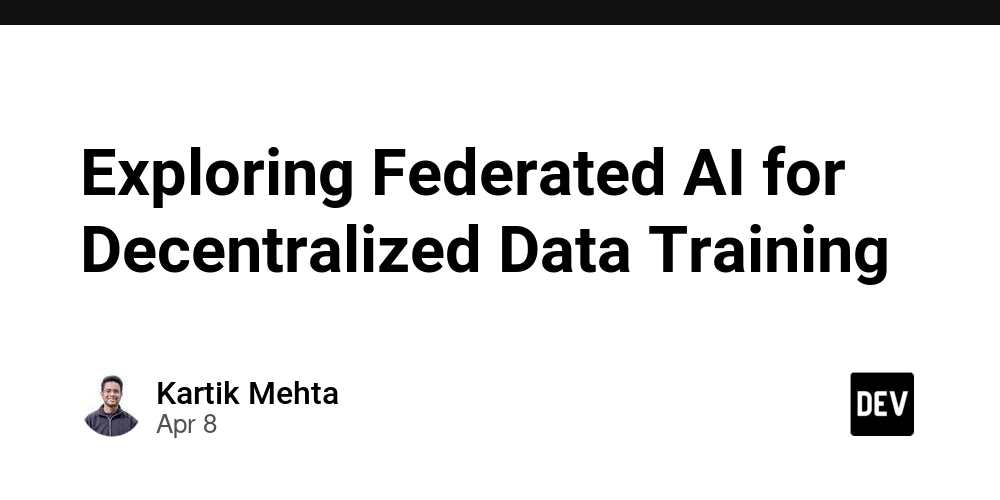
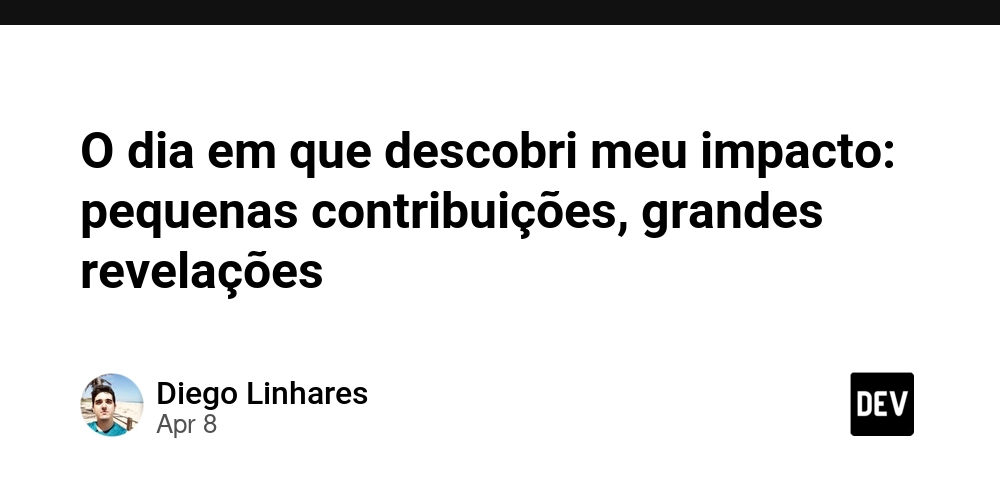
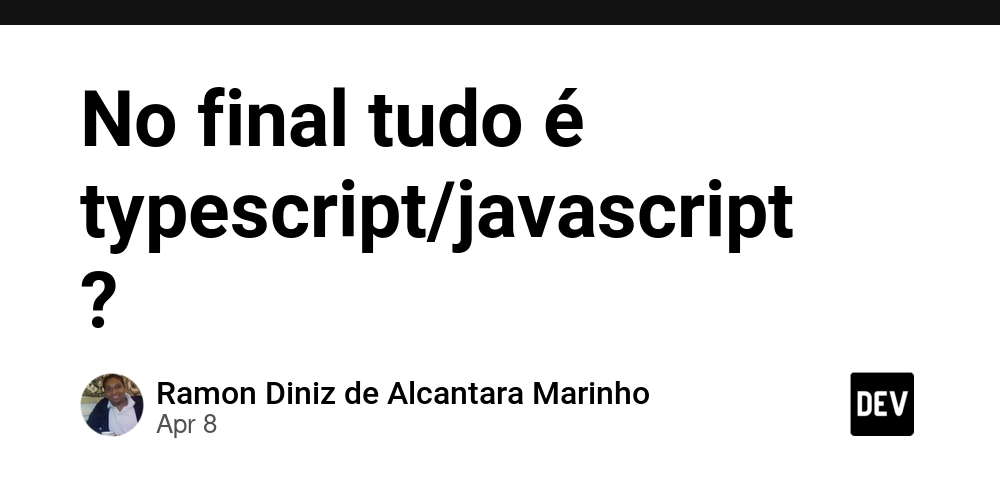











![From drop-out to software architect with Jason Lengstorf [Podcast #167]](https://cdn.hashnode.com/res/hashnode/image/upload/v1743796461357/f3d19cd7-e6f5-4d7c-8bfc-eb974bc8da68.png?#)







































































































.png?#)






(1).jpg?width=1920&height=1920&fit=bounds&quality=80&format=jpg&auto=webp#)






























_NicoElNino_Alamy.png?#)
.webp?#)
.webp?#)

















































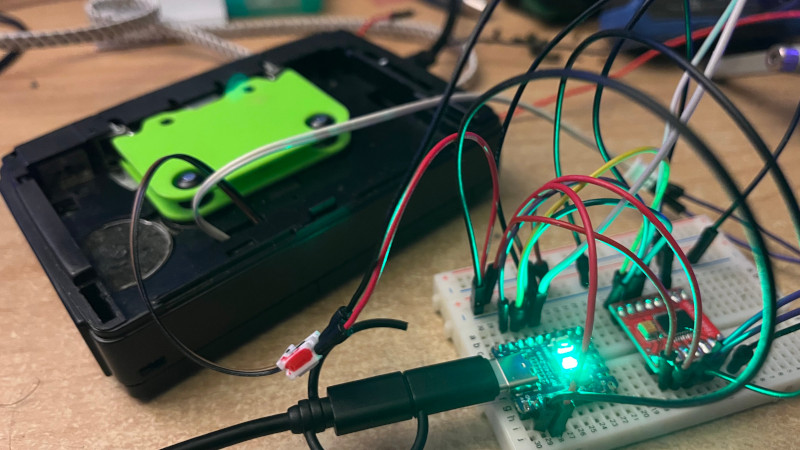
































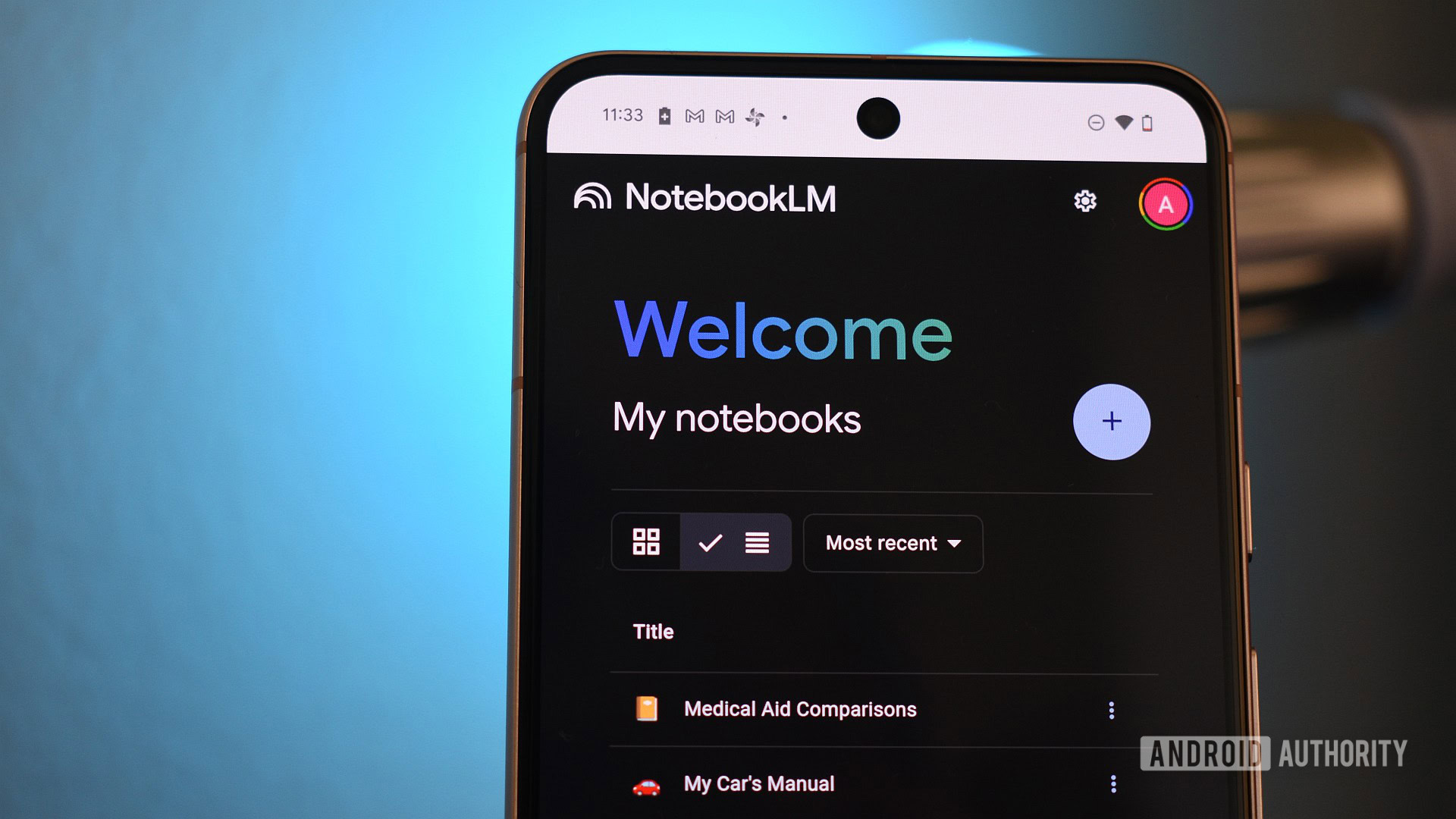
















![Apple to Source More iPhones From India to Offset China Tariff Costs [Report]](https://www.iclarified.com/images/news/96954/96954/96954-640.jpg)
![Blackmagic Design Unveils DaVinci Resolve 20 With Over 100 New Features and AI Tools [Video]](https://www.iclarified.com/images/news/96951/96951/96951-640.jpg)

































































































